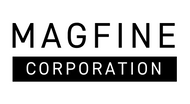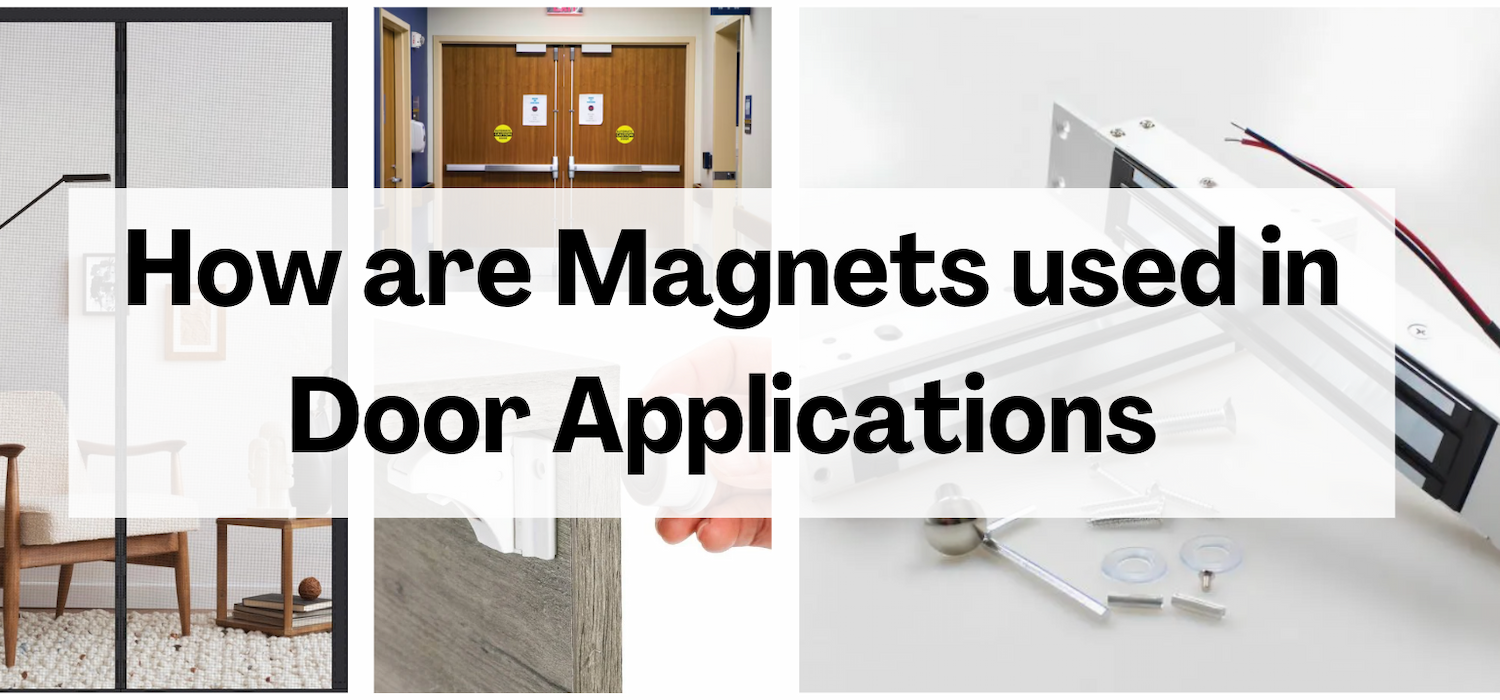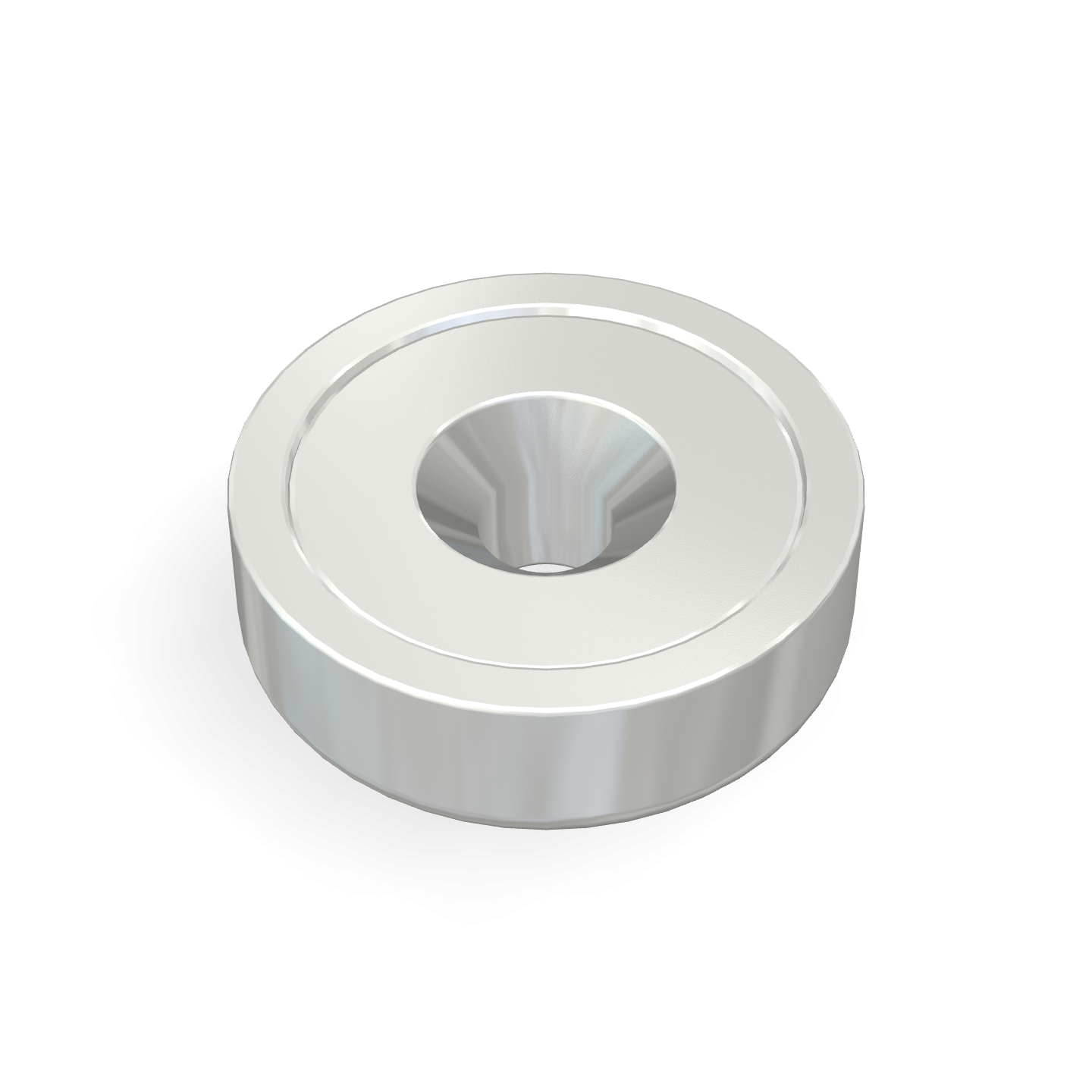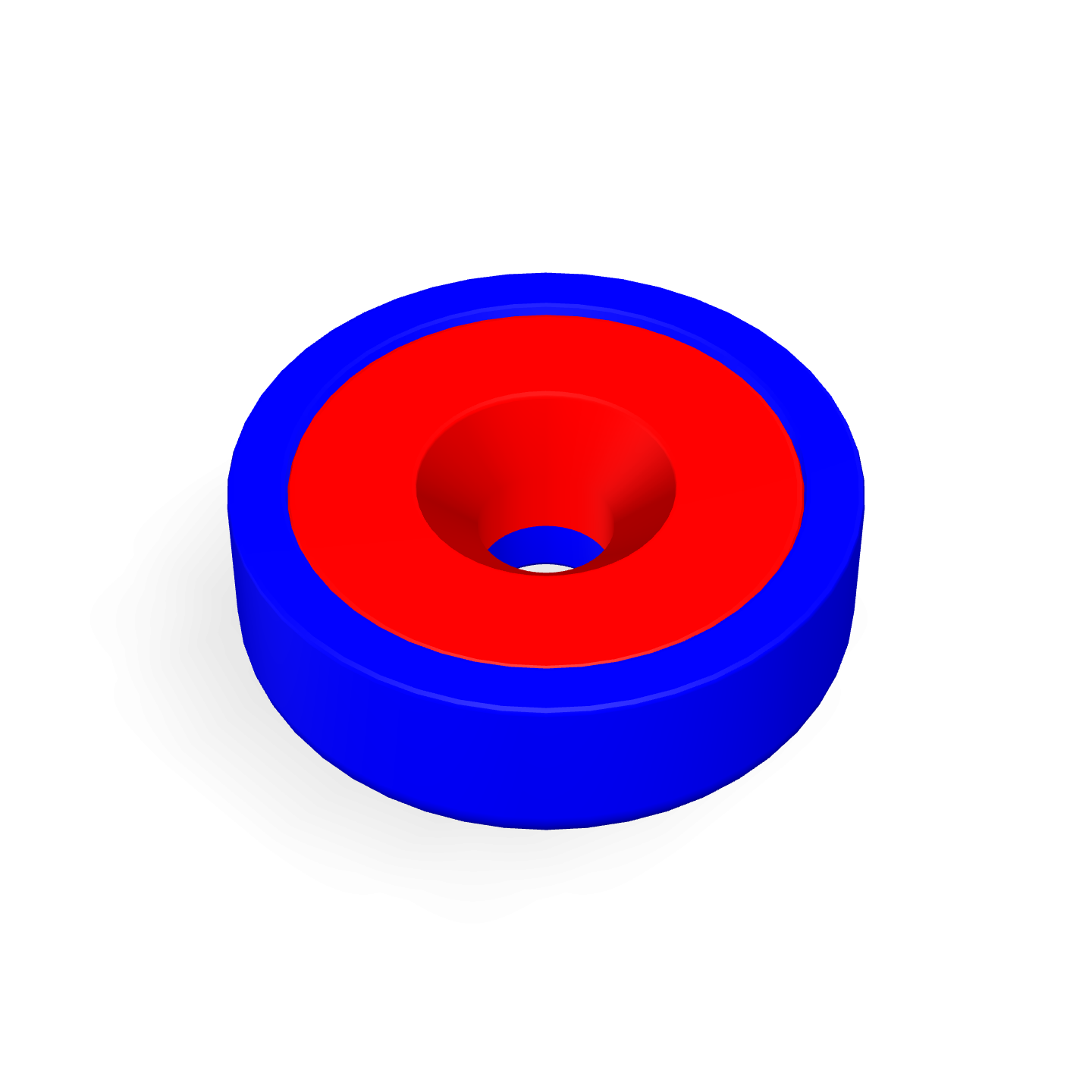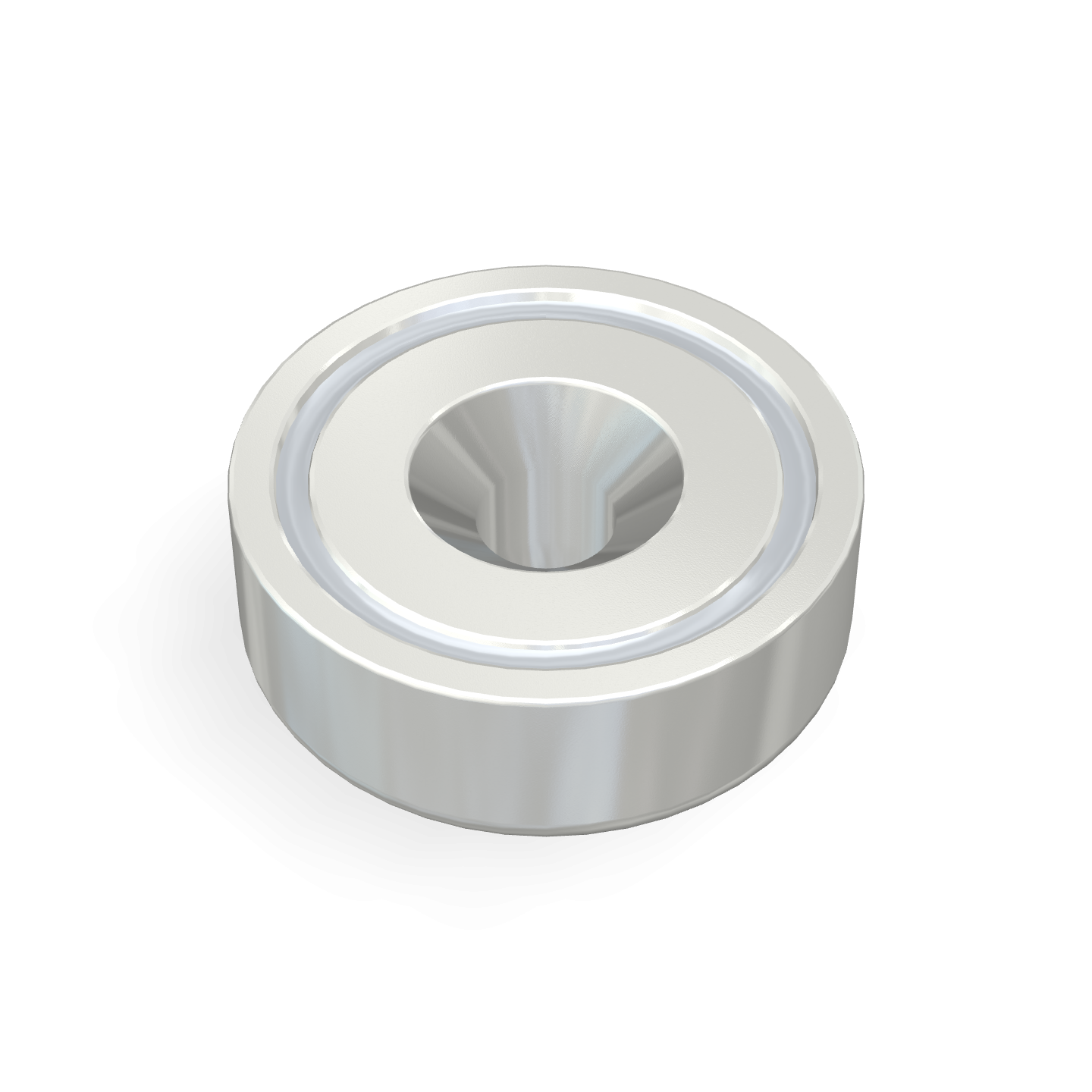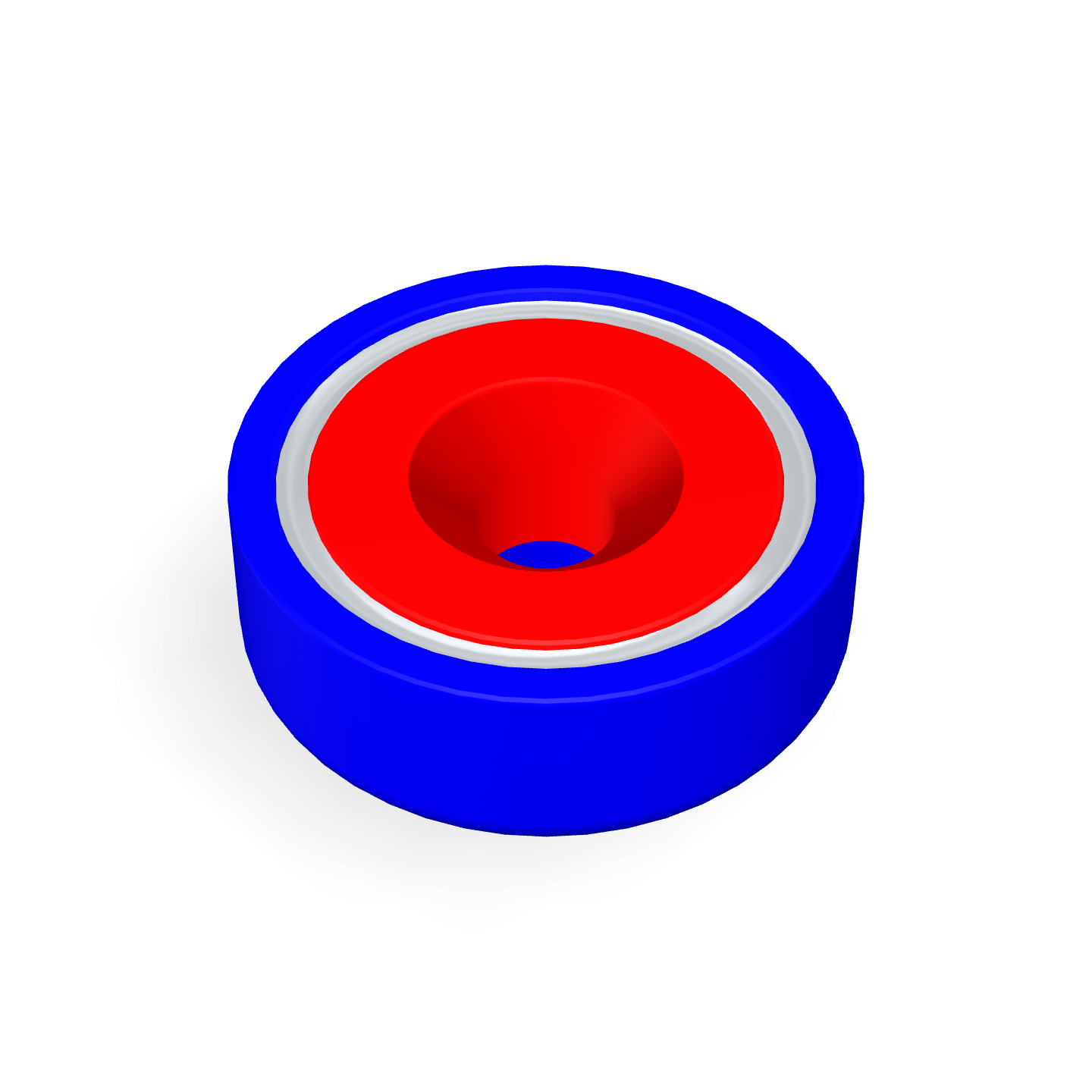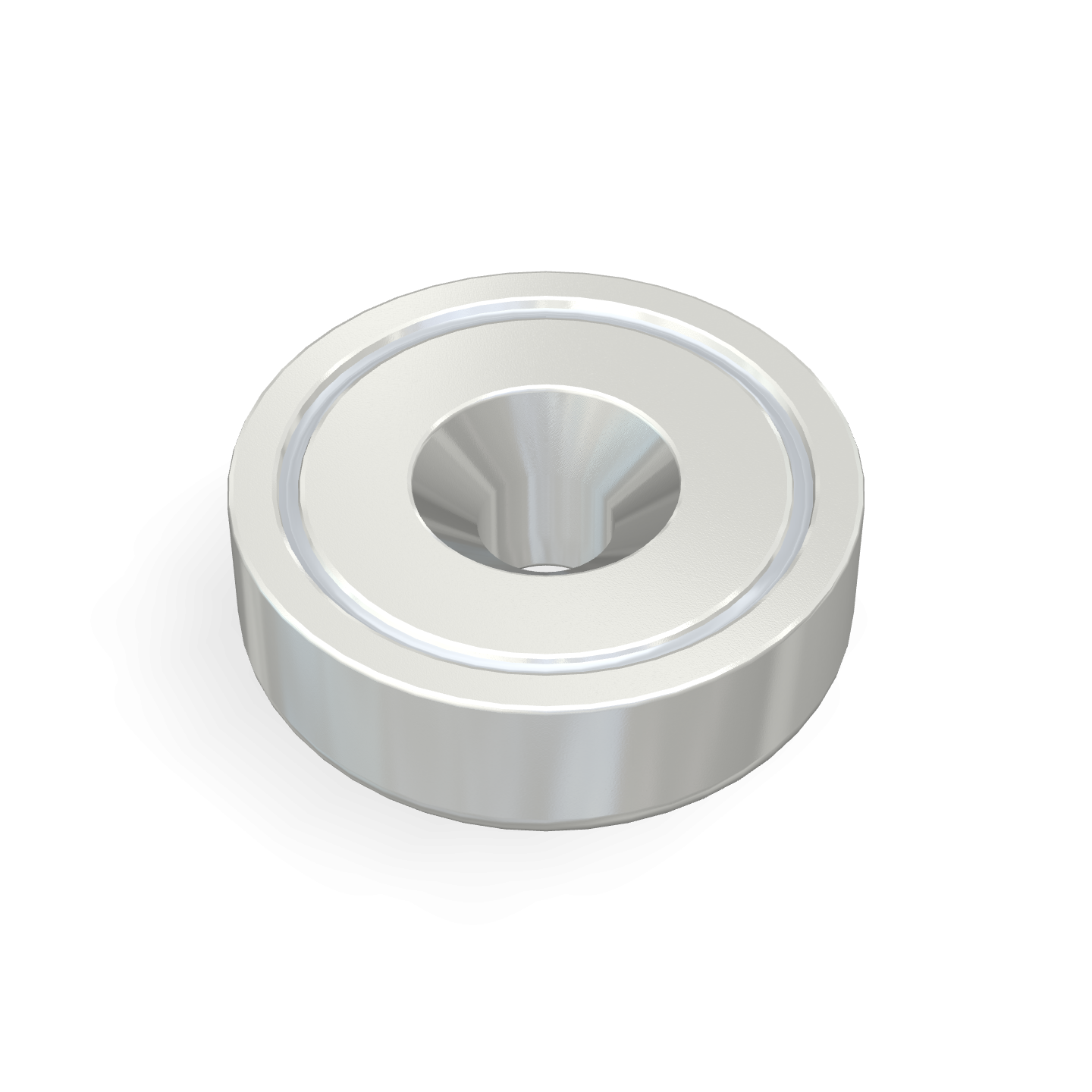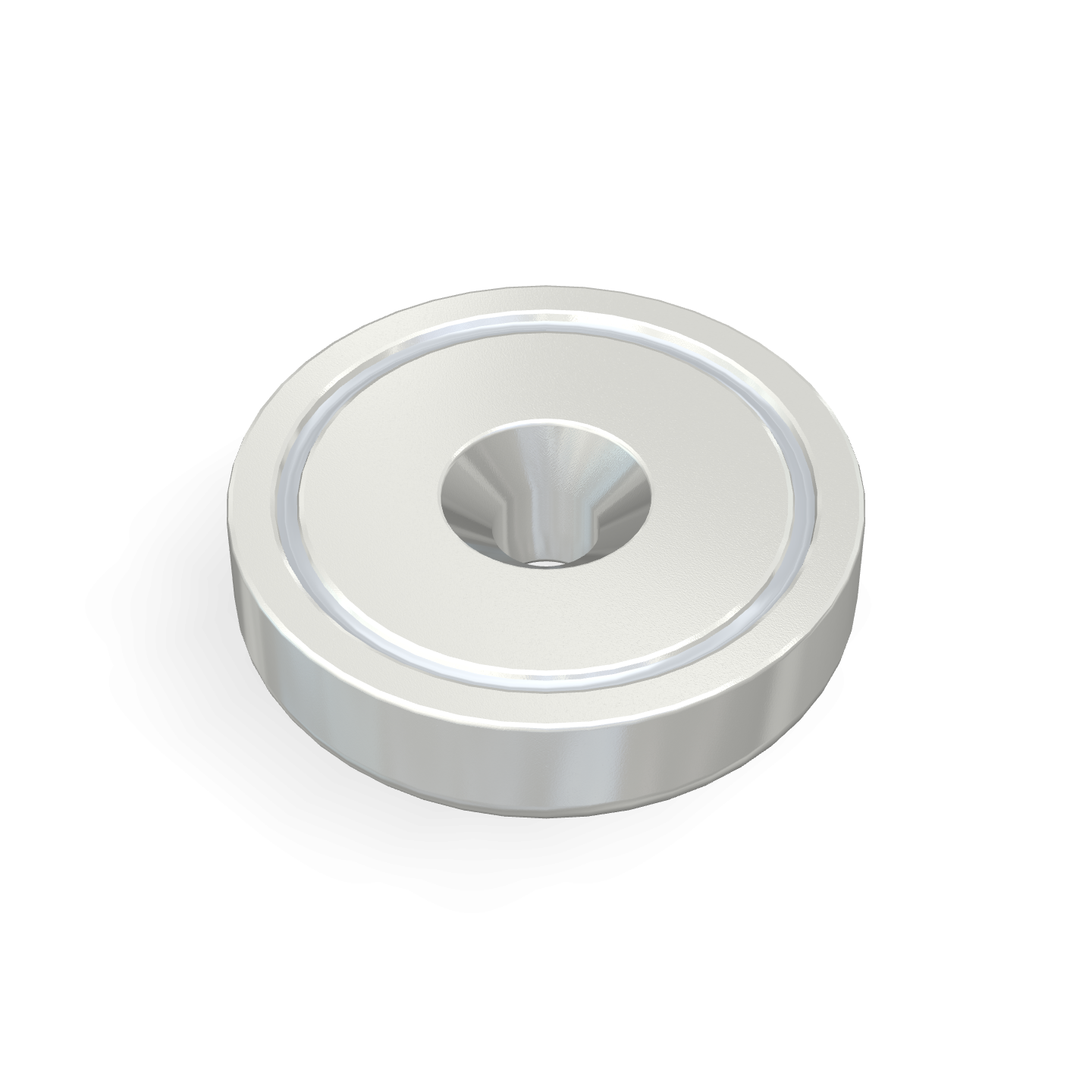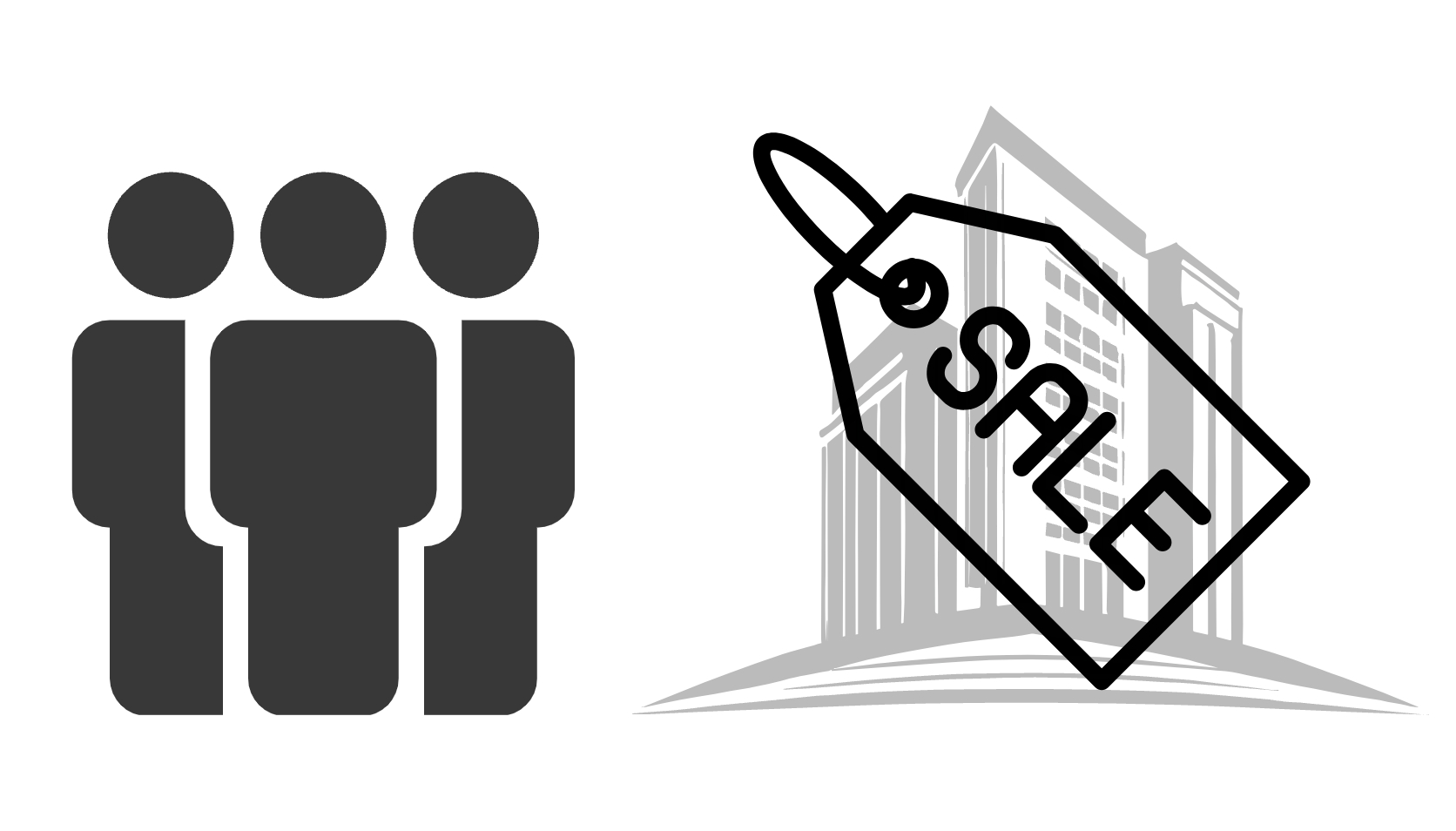Magnets play a crucial role in a variety of modern door systems, offering practical solutions that make everyday life easier. Whether for improving security, providing a quiet closing mechanism, or simply making doors more efficient, magnetic technology has found its way into many aspects of door design. In this article, we’ll explore how magnets are used in various door applications and the advantages they offer.
1. Magnetic Door Closures
One of the most common applications of magnets in door design is in magnetic door closures. These closures use magnets to securely seal doors without requiring any mechanical latches or locks. The magnets are placed in the door frame and the door itself. When the door closes, the magnets attract each other, ensuring the door stays shut.
Magnetic door closures are often used in places like hospitals, offices, and homes, where quiet operation is key. Since the magnetic system creates a soft, secure closure, there’s no loud banging or slamming. Additionally, these systems are easy to open with minimal effort—just a gentle push or pull is enough to release the magnet.
2. Magnetic Door Catches
Another important use of magnets in door applications is in magnetic door catches. These catches prevent doors from swinging open unexpectedly. Magnets replace traditional mechanical catches like springs, making them smoother and more durable over time.
A magnetic catch works by using magnets to hold the door in place when it's closed. This design ensures that the door doesn’t move around due to drafts or the natural movements of the house. These catches are commonly found in interior doors, cabinet doors, and even vehicle doors.

3. Magnetic Screen Doors
Magnetic screen doors are an excellent way to keep insects out of your home while letting in fresh air. They consist of two panels of mesh material that are held together in the center by magnets. When the panels are brought together, the magnets securely close the gap, keeping unwanted bugs out.
Magnetic screen doors are incredibly easy to install, and they can be opened effortlessly. This makes them a popular choice for homes, especially during the summer months. They offer a simple, cost-effective way to enjoy a breeze without the hassle of traditional screen doors.

Magnetic Screen Door
4. Magnetic Strip Seals
Magnetic strip seals are commonly used in high-performance doors, such as freezer doors or cleanroom doors. These seals contain magnetic strips that create a tight, airtight seal when the door is closed. This is essential in environments that require precise control of temperature or air quality.
For instance, in commercial refrigeration, magnetic seals help to maintain cold temperatures by preventing warm air from entering the space. They also ensure that no cold air escapes, improving energy efficiency. In other settings, such as hospitals or laboratories, magnetic seals help maintain controlled environments free from contamination.
5. Magnetic Door Locks
Magnetic door locks, or electromagnetic locks, offer a modern alternative to traditional mechanical locks. These systems work by using an electromagnet mounted on the door frame and an armature plate attached to the door. When the electromagnet is energized, it creates a strong magnetic force that holds the door closed.
These locks are especially useful in high-security areas such as offices, hotels, or government buildings. They can be integrated with electronic access control systems, allowing authorized personnel to unlock the door using a keycard, PIN, or biometric system. Because they don’t rely on moving mechanical parts, electromagnetic locks are highly reliable and require less maintenance.

Electromagnetic Door Lock
6. Magnetic Door Holders
In environments where doors need to be kept open for long periods, such as in hospitals or busy office buildings, magnetic door holders are a practical solution. These devices use magnets to keep the door in an open position. When you need the door to close, a simple push or pull releases the magnet, allowing the door to swing shut.
These holders are commonly used in high-traffic areas or in places where it’s important for doors to remain open but be able to close easily when needed, such as in emergency exits or fire doors.

Magnetic Door Holder at a Hospital
7. Magnetic Sliding Doors
Magnetic technology also plays a role in sliding doors. Many sliding doors—found in offices, retail spaces, and hotels—use magnets to keep the door aligned in its track, preventing it from derailing or becoming misaligned over time. This system helps to ensure the smooth and silent operation of the door, even after years of use.
Magnetic sliding door systems are often preferred because they reduce the wear and tear seen in traditional sliding door mechanisms. These doors are not only functional but also provide a sleek, modern aesthetic to any building.
8. Magnetic Child Safety Locks
For families with young children, magnetic child safety locks offer a simple and effective way to keep cabinets or doors secure. These locks use strong magnets that are virtually invisible, ensuring that they do not detract from the design of the door or cabinet.
To open the door or drawer, an adult can use a special magnetic key, while the child is unable to open it due to the strength of the magnets. This safety feature is often used in kitchens or bathrooms to keep hazardous materials out of reach of young children.

Magnetic Child Safety Lock
Conclusion
Magnetic technology offers a range of solutions that enhance the functionality and efficiency of door systems. Whether it’s through smooth closures, secure locking mechanisms, or innovative safety features, magnets are revolutionizing the way doors operate. From residential homes to industrial applications, these magnetic systems provide quiet, reliable, and low-maintenance solutions that continue to improve door functionality.
For those looking to improve their door systems, exploring magnetic options can lead to more efficient and reliable designs. As magnetic technology continues to evolve, the possibilities for door applications will only grow, providing even more opportunities for convenience, security, and innovation.
